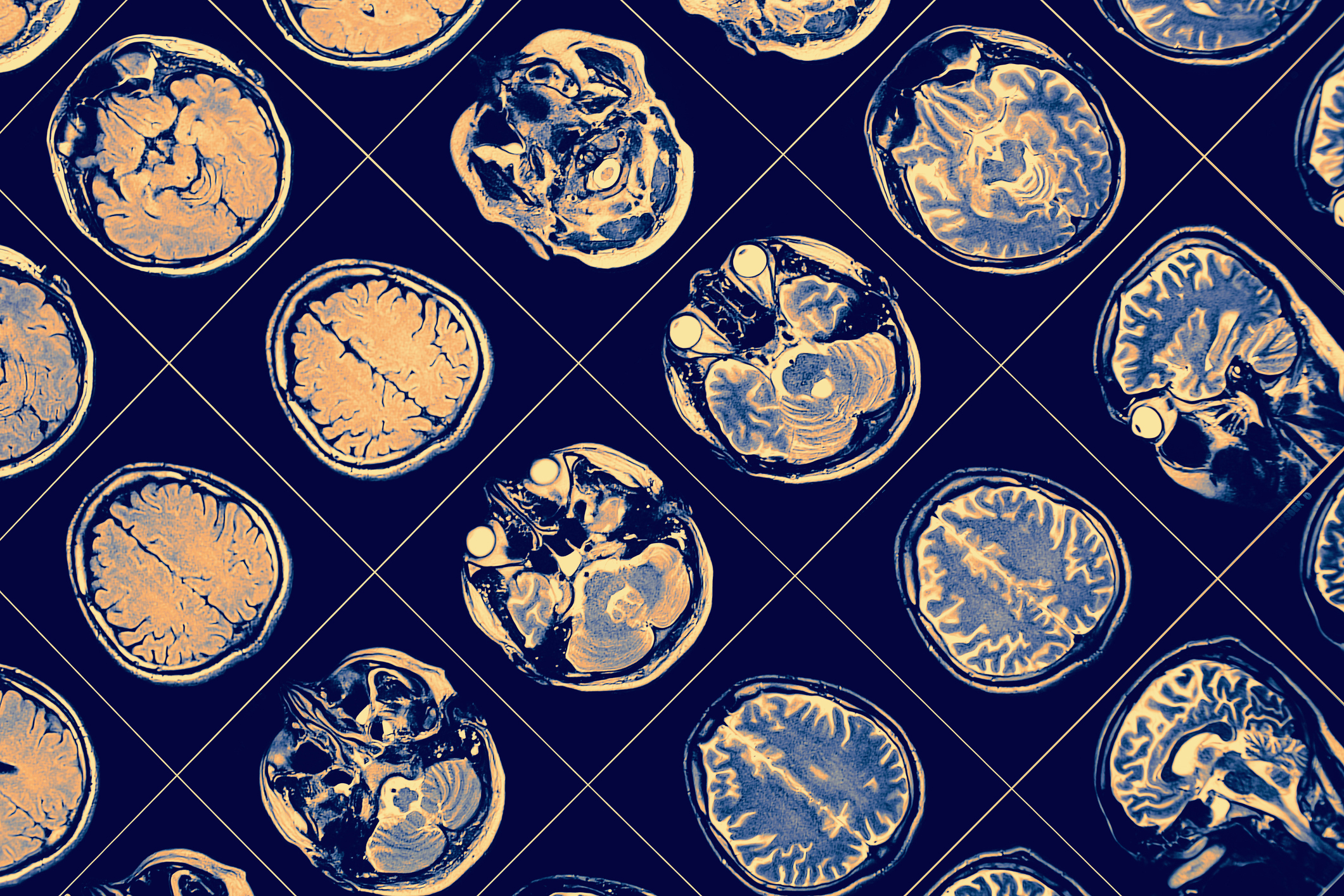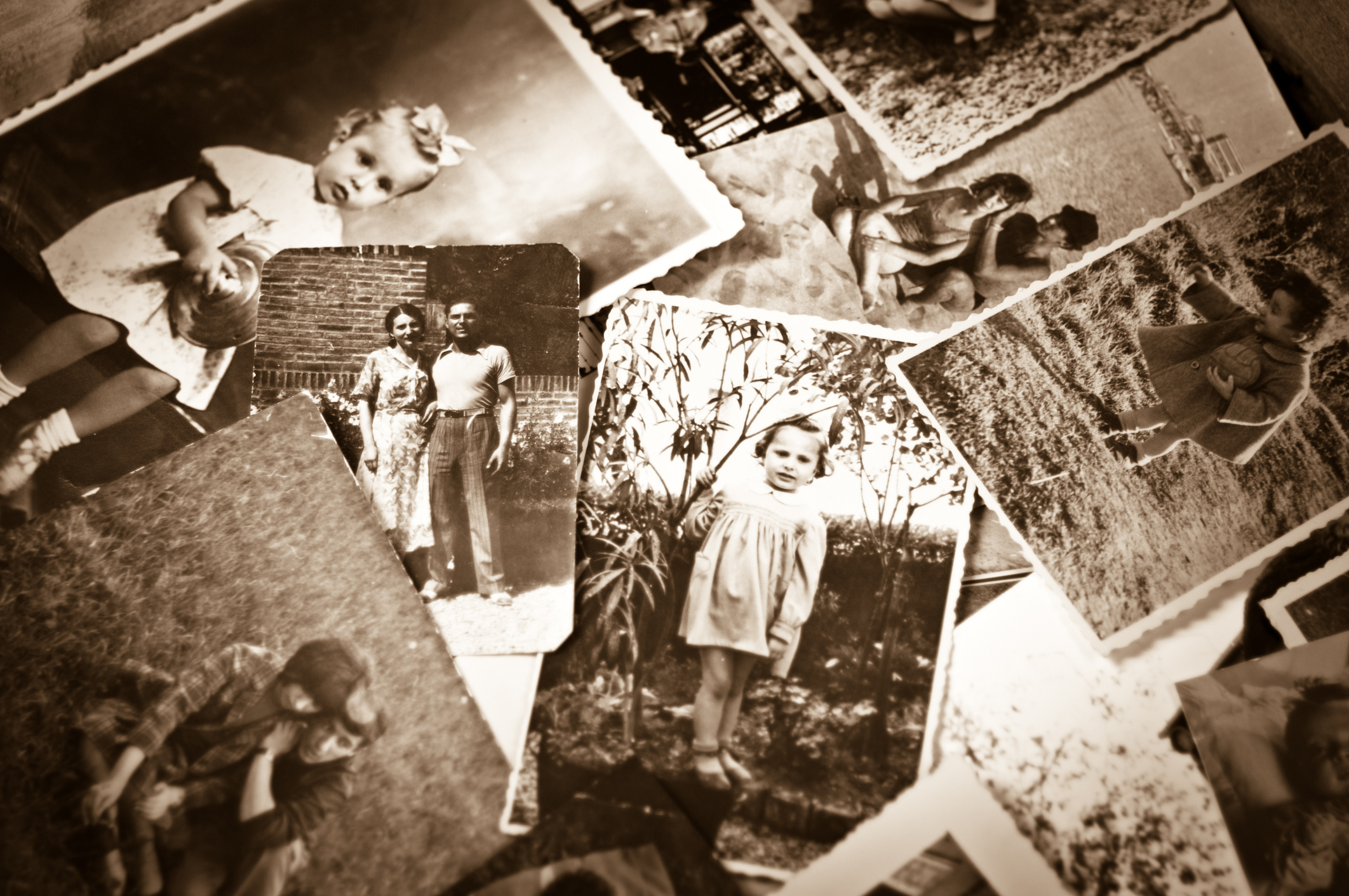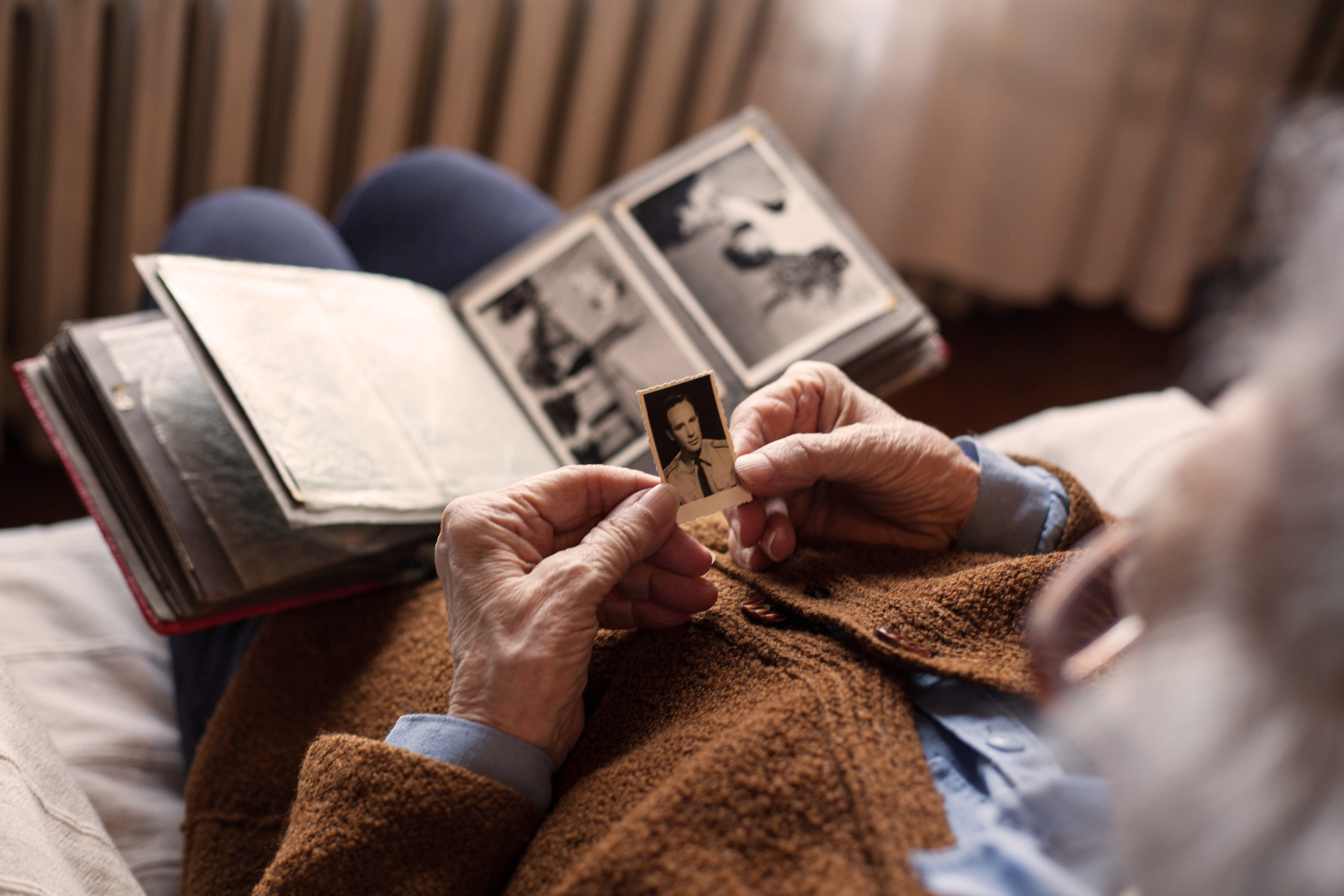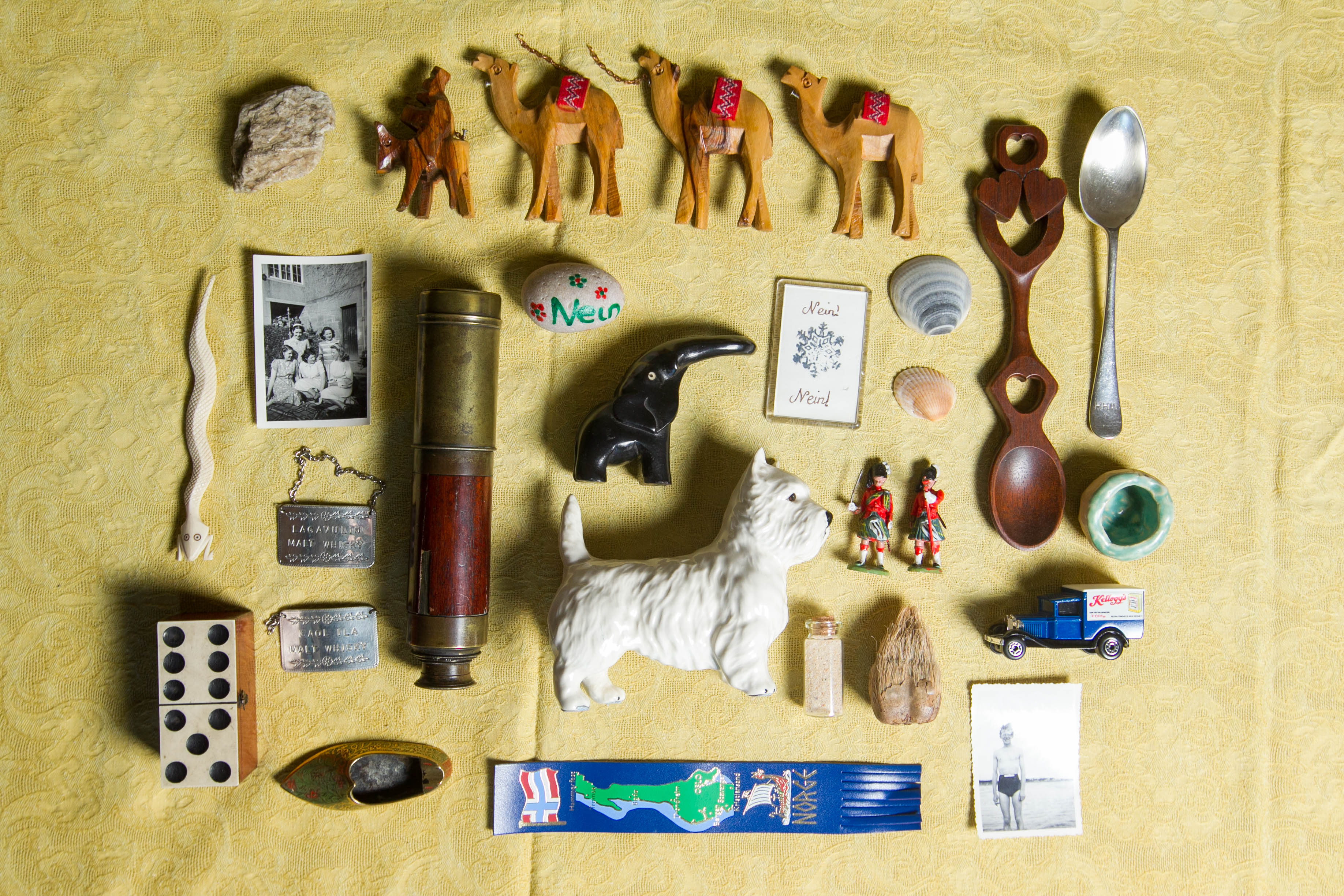
AS Anne Of Green Gables author Lucy Maud Montgomery once pointed out: “Nothing is ever really lost to us as long as we remember it.”
And, from cave drawings and treasured books to fading photographs and old ticket stubs, we have always used physical reminders to remember.
According to new research by a memory expert at Glasgow University however, the age of digital technology is now completely changing and potentially damaging the way we remember forever.
In his new book, Digital Memory Studies, Professor Andrew Hoskins explores how the digital age and our reliance on smartphones, search engines and social media is affecting our memories in a number of ways.
The social sciences professor and founding editor-in-chief of the Sage Journal of Memory Studies says there has been a key shift in both the way we process memory and our attitudes to memory – moving away from the act of remembering, to the act of knowing where to look online for quick answers to our questions.
“We have evolved from a reliance on digital media memory to a total dependence on it,” he says.
“What was once an active memory – something you had to work on to sustain the continuation of the past – is now weakened by the search devices on our machines.
“Essentially, we no longer need to remember. Anything we need to find, we can simply look up through our phones, tablets and computers in a matter of seconds.
“The brain is a muscle, and if we’re no longer needing to use certain parts of that muscle, it will naturally weaken.”
Professor Hoskins’ book also claims that thanks to social media and the need to record so many aspects of our lives, it has led to a shift in how we experience situations.
He believes there is an obsession to record what we are seeing, rather than trying to actively remember it. We’re seeing life through how it can later be shared on social media, rather than living in the moment.
“We record what we want people to see and so we are remembering it through how it has been filtered and portrayed on social media, rather than how it actually happened,” he says.
“It seems that experiences are no longer ‘real’ unless they are Tweeted, Instagrammed, or YouTubed.
“In some ways you could say that the act of recording has become more urgent than seeing that which is being recorded.
“Just to hint at the scale of the difference in a generation, there are more photographs taken, copied, and shared of my son, in the first month of his life, than there were of me in the first ten years of mine.”
It is estimated that people have taken over three billion digital photos since 2012, and that around 300 million photos are uploaded to Facebook every day.
But a rare experiment carried out in New Zealand backs up Professor Hoskins’ claim that the act of recording and photographing through digital means is having a direct impact on how well we remember situations.
In the experiment, a number of participants were taken round a museum and asked to memorise what they were shown. Participants were directed to observe some objects and to photograph others. The results showed that if an object was photographed, the participant remembered far fewer details about it than if they had simply looked at with the naked eye.
The same is true of tangible vs digital memories says counsellor and therapist, Laura Cordwell. While digital recordings of events like photos, videos and social media posts are purely visual and audio, holding physical artefacts can evoke much more sensory reaction, leading to stronger memories.
“Tangible memories are important because our technology at present helps us to remember in visual or audio ways, but cannot provide experience of taste, smell or touch,” says Ms Cordwell.
“These factors are equally important in the way we experience things and store those experiences.”
Experts also agree that tangible memories like those found in memory boxes are proven to have a positive effect on inter-generational relationships for the future.
“Despite the decay and wear and tear of photographs, letters and other objects that are reminders of people and past experiences, their keeping is like holding on to those people and experiences,” says Professor Hoskins.
Clinical psychologist Dr. Tony Ortega also believes the memories recalled via tangible means are “much more vibrant and vivid” than those triggered by digital viewing. He believes this could be because our tangible memories allow us to access all our five senses simultaneously – a powerful potion for evoking our emotional triggers and transporting us back to a precise time, place or moment.
But as we evolve ever further into the digital age, memory experts are urging us to become more mindful of the effects on our memories through too much dependence on digital media.
“Individual human memory is much more fragile than we like to think,” says Professor Hoskins.
“And without it, our precious moments, knowledge and experiences could be lost forever.”
The power of memory boxes
While the move to digital recording means we are becoming less and less likely to save tangible mementos to remember experiences, many people still treasure physical artefacts which experts say can help trigger more powerful memories.
For Ann Russell, 86, from Glasgow, her memory box is still one of the best ways to remember important moments from throughout her life.
- A piece of rock I picked up that had fallen in a landslide in Norway on a family holiday in the 1980s. I liked the thought of bringing back a little part of a country with me.
- An Aboriginal-style letter opener my grandfather acquired in Australia in the 1890s. He was a ship’s engineer and I was given a lot of very interesting things he brought back from his travels.
- A small stone one of my grandchildren painted for me when they were little. My grandchildren all call me Nein which is Gaelic (my first language) for “gran”. I called my granny this and my children called my mother this as well. It helps keep those memories alive.
- A photograph of me and my friends at school in the 1940s. I remember laughing at one of the girls in the photo as she said she “felt naked” without her make-up on. She was only about 14 at the time!
- A telescope that also belonged to my grandfather – one he would have used on sailing ships while he was exploring the world.
- Whisky tags that remind me of Islay – where I am from and grew up as a child.
- A dominoes box – many happy memories playing this with family.
- I love Westies and this small ornament reminds me of my beloved Westie, Lottie, who died a very long time ago now.
- A present a colleague of my late husband’s brought to dinner one night many years ago. He was an Indian doctor and decided to bring us this lovely little gold shoe as a gift instead of the typical flowers or chocolates.
- Blue bookmark – A bookmark I got in a gift shop in Norway. Again, it reminds me of a lovely family trip.
- Camels – a Christmas decoration that actually reminds us what Christmas is originally about! That’s Mary on the front on a little donkey and the camels are for the Three Wise Men bringing gifts.
- A spoon from the White Hart Hotel in Campbeltown. My parents bought the hotel and we moved there when I was a young girl. I remember the BBC announcing the outbreak of the Second World War on the radio in the hotel bar and my mother starting to cry.
- A love spoon from Switzerland my husband bought for me one holiday a long time ago.
- Shells from one of the beautiful beaches on Islay, where we spent many happy holidays.
- A black elephant – this was in my house when I moved in more than 60 years ago. I always sat it on the TV, but as technology developed, the set got thinner it didn’t balance anymore!
- Teal clay pot – my daughter made this when she was a little girl at school. I can’t use it for much, but it’s a sweet little reminder of her younger days.
- Toy soldiers belonging to my son when he was a little boy.
- Toy car – my son and my husband were always obsessed with cars – my son still is. This reminds me of when that love began when he was a little boy.
- Coconut and sand – taken from a beach in east Australia and brought back by my grand-daughter. In some ways this is really her memory, but she passed it along as a gift for us to be a part of it.
- A picture of my husband Frank at a beach in our youth before we got married and had family.
If it’s not been recorded and shared, did it really happen?
How does the way memory works differ across generations?Ann, 86
I wouldn’t even know where to begin with storing and looking at things such as tickets or photos or those sort of things digitally.
I keep my photos in boxes or albums or photo frames – they help me remember.
I like to keep little keepsakes to remind me of past experiences as well.
The whole point of items you keep is to remind you of things that are a part of your past, and you’ve physically brought them with you through time to keep the memory alive.
It’s also a way to pass on memories or certain parts of people now gone to your children and grandchildren that they can hold or touch.
I don’t think it’s the same just looking at things on a computer screen.
Megan, 27
I’m completely reliant on the internet and digital technology for remembering anything and everything.
I wouldn’t know a single phone number, for example.
Sometimes I do find myself recording things to share on social media rather than just enjoying the moment.
That’s the same for a lot of people, a vague feeling that if it wasn’t shared on social media, did it even happen?
My friends and I found an amazing cove in Greece on holiday, and spent the entire time just taking photos to share online, rather than just taking it in.
We only had an hour and I realised afterwards I could barely remember anything about the place.
Ironically, I had to remind myself by looking at the photos I’d taken on my phone.
Find out more about how the digital age is transforming the way we remember here.

Enjoy the convenience of having The Sunday Post delivered as a digital ePaper straight to your smartphone, tablet or computer.
Subscribe for only £5.49 a month and enjoy all the benefits of the printed paper as a digital replica.
Subscribe

